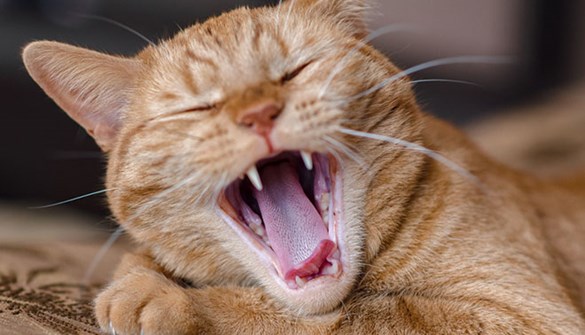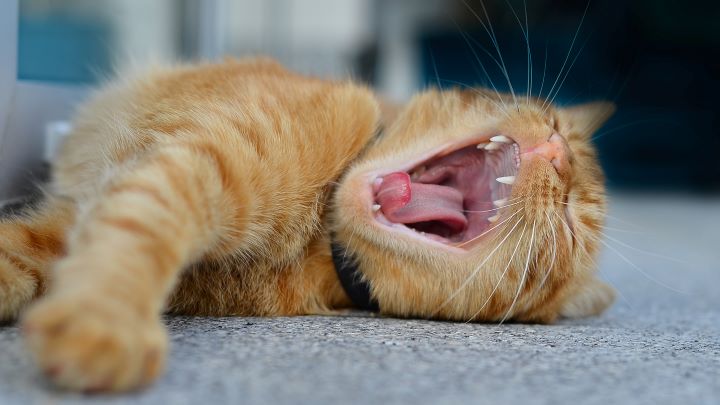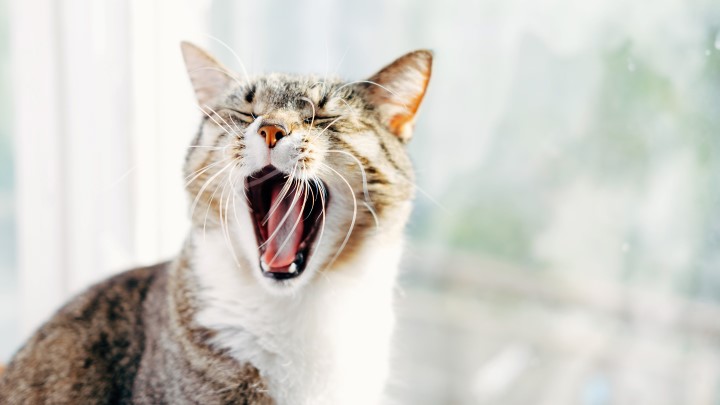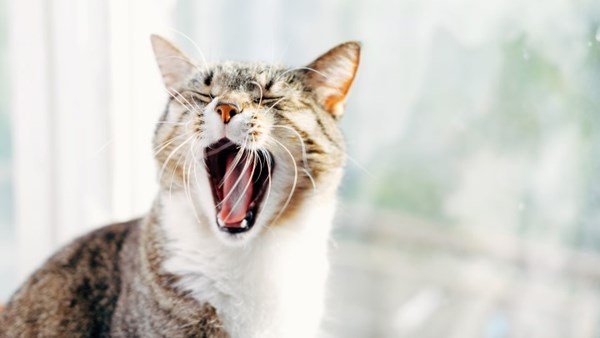Tooth Resorption In Cats
Tooth resorption affects more than a third of adult cats, and can be incredibly painful. Find out more about this common dental disease.

What is tooth resorption?
Otherwise known as feline odontoclastic resorptive lesions (FORLs), tooth resorption is the second most common feline oral issue, and affects more than a third of adult cats.
The condition occurs when cells called odontoclasts destroy the tooth’s surface.
Starting beneath the gum line, it gradually dissolves the root of the affected tooth, which is subsequently replaced by the surrounding jawbone. The disease then continues inside the tooth to the crown, leaving the pulp cavity exposed and causing pain and sensitivity. The resorption continues until the tooth is weak and susceptible to fractures.
Causes of tooth resorption
The exact cause of tooth resorption is still largely unknown. Some researchers suggest that infection or inflammation from periodontal disease may lead to the movement of odontoclastic cells into the area. Others maintain that diet plays a role in causing these lesions.
Any cat can develop the disease, which is one of the most common oral diseases we treat. Older cats and particular breeds, including Siamese, Persians and Abyssinians, appear to be more at risk, but all cat owners should be aware of the condition.
Symptoms of tooth resorption
Cats are masters at hiding pain, so it can be tricky to know if they’re having dental troubles.
However, subtle indications include a tendency to gobble up their food quickly (as eating causes pain), or only eating on one side of their mouth. Your cat may also start to prefer wet food over dry kibble and the wet food may stick to the affected tooth. Occasionally, they may stop eating altogether.
Other symptoms include:
- Dribbling
- Pawing at their face
- Tooth loss
- Weight loss
- Bloody saliva
- Swelling around the mouth and jaw

Treating tooth resorption
The best treatment for dental resorption is removing the affected tooth. This can be a complex procedure since the tooth is usually very fragile and can fracture. The vet may use dental x-rays to help find and remove fractured root fragments.
Removing the whole tooth is the only way to avoid infection and other issues.
Preventing tooth resorption in cats
Because the cause of tooth resorption in cats is unclear, it’s not possible to prevent it effectively. Regular dental checks with your vet are the best way to identify any issues early on, in order to avoid pain or discomfort.

Head to our dedicated Cat Dental Care advice for your complete guide on looking after your cat’s teeth.
Expert cat dental care advice
Watch our top tips on how to care for your cat's teeth, including how to brush their teeth.
Dental Checks
When it comes to dental disease, prevention is better than cure. That’s why we offer complimentary dental checks to help keep your pet’s teeth and gums healthy.
Learn more

Pet Care & Advice
At Medivet, we’re committed to providing trustworthy, expert advice that helps you care for your pet.
Search advice

